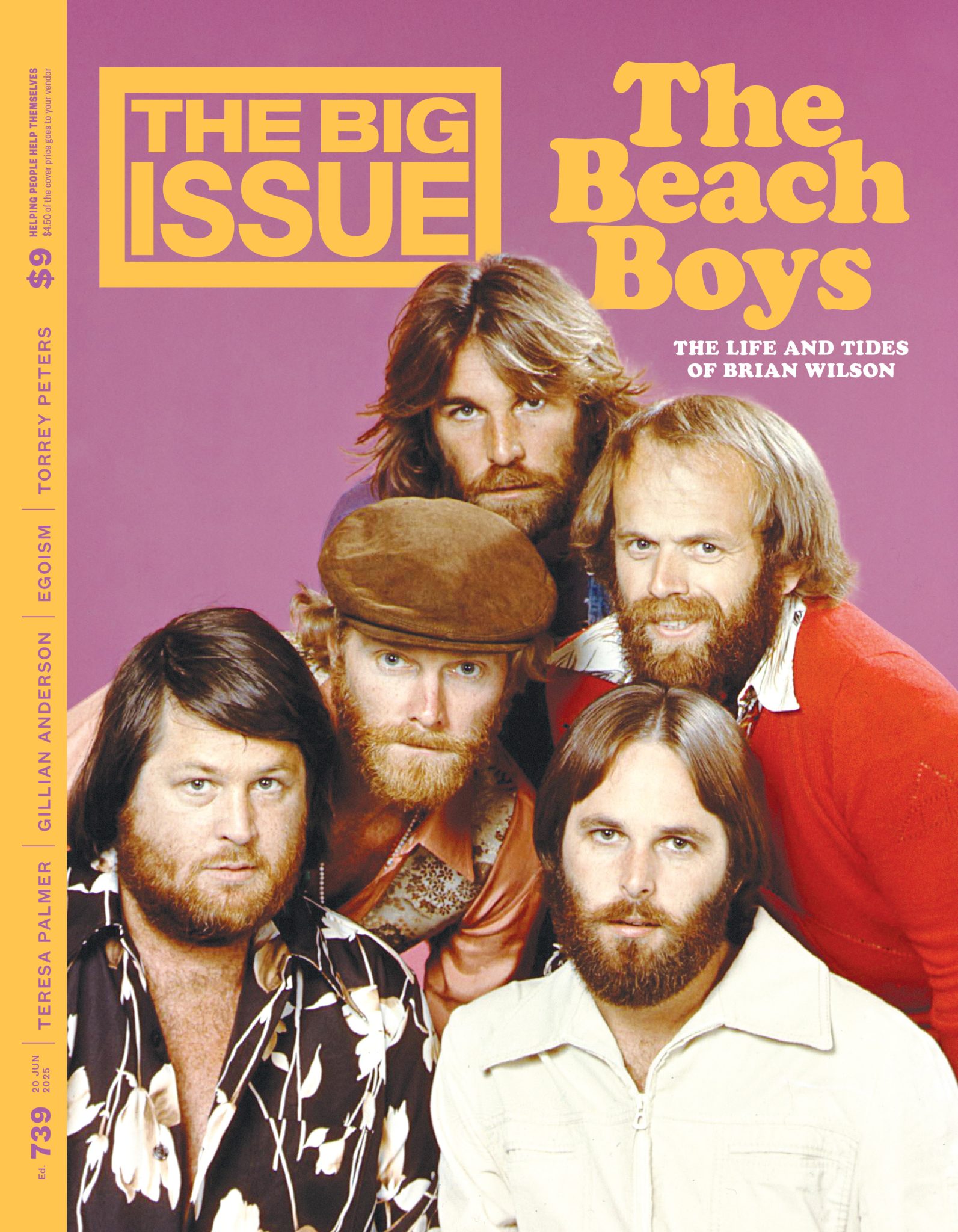KL Hokkien mee was a family favourite. Poised with our bowls and chopsticks, we would unwrap our neatly packaged supper and dive in. Words of gratitude were replaced by the noise of slurping noodles.
Alvin says…
One of the things to do in Malaysia is to lose yourself among the bustling hawker stands. For the love of noodles, one should go for the rich and dark KL Hokkien mee, the classic char kway teow or the newcomer that is rapidly becoming a comfort food – dried pan mee – all served sizzling from woks. One of my fondest memories is Dad bringing home supper from one of these stalls. KL Hokkien mee was a family favourite. Poised with our bowls and chopsticks, we would unwrap our neatly packaged supper and dive in. Words of gratitude were replaced by the noise of slurping noodles.
Describing Malaysian cuisine remains a mystery to many. And yet, where culinary cuisines are concerned, Malaysia is the unsung hero of Asia. Malaysian food enthusiast Rick Stein once said, “It’s perplexing that Malaysian food is not more widely known in Australia as I find it as exciting as Thai or Vietnamese.” Malaysia’s geography meant it attracted many traders and labourers of Chinese and Indian descent, and colonisation by the Portuguese, the Dutch and the British meant that various cooking techniques and ingredients were introduced alongside Chinese, Indian and the original Malay cuisines to create a heady mix. When you include the neighbouring influences of Thailand and Indonesia, it is no wonder that Malaysia’s culinary style is indescribable.
I’ve always believed that one of the best ways to experience a foreign culture is through their food. If you ever find yourself in Malaysia, then the one word you will get familiar with is makan, which means “eat” – and eat you will, if you follow the local custom. Given the chance, the locals will eat seven times a day, whether it’s snacking on a banana fritter, slurping on a bowl of ice kachang, or demolishing a plate of Indian rojak.
Here, I have created my version of the KL Hokkien mee. The secret to this dish is the pork skins. However, it is not the end of the world if that is not your jam. Just omit them and replace the pork fat with regular cooking oil.
ALVIN QUAH STARS IN MASTERCHEF AUSTRALIA: FANS & FAVOURITES, ON 10 AND 10 PLAY ON DEMAND.
KL Hokkien Mee
Ingredients
Serves 4
750g pork skin, cut into bite-sized pieces
2 tablespoons vegetable oil
500g Hokkien noodles
1 tablespoon minced garlic
200g raw green prawns, shelled and deveined, tails intact
100g calamari rings, cut in half
10 fish balls, cut in half
5 tablespoons Asian cooking caramel
2 tablespoons dark soy sauce
2 tablespoons fish sauce
2 tablespoons light soy sauce
½ cup chicken stock
1 tablespoon cornflour
1 handful English spinach
Method
In a medium-sized pan, add pork skin pieces and 1 tablespoon of the vegetable oil. Cook over medium heat to render the fat.
Continue cooking until the skin is crispy and golden. Set aside and reserve the fat.
Soak noodles in hot water, cover and let stand for 10 minutes. Drain.
Heat the pork fat in a wok over high heat. Fry garlic until fragrant (approximately 1 minute).
Add prawns and just as they start to change colour, add calamari rings and fish balls. Stir fry for 2 minutes.
Add noodles, Asian cooking caramel, dark soy sauce, fish sauce, light soy sauce, pork skins and all but 2 tablespoons of stock. Cook for 3 minutes.
Meanwhile, combine the 2 tablespoons of stock and cornflour.
Add spinach and cornflour mix to noodles and cook for another 2 minutes or until sauce thickens.
Serve immediately, as is, or accompanied with your choice of spicy condiment.
